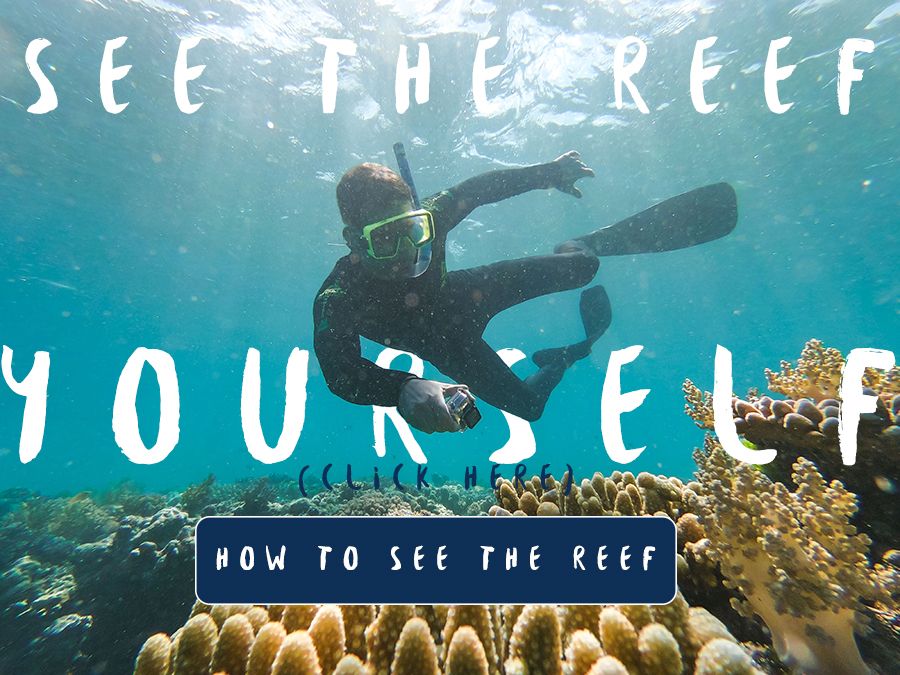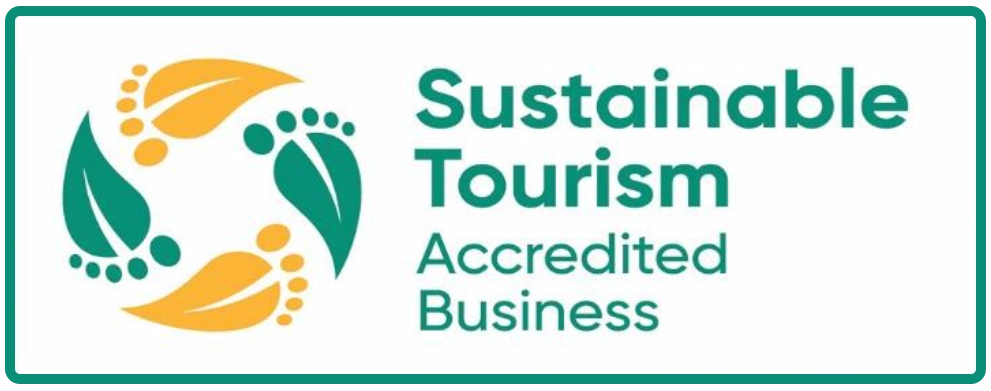History and Evolution of the Great Barrier Reef
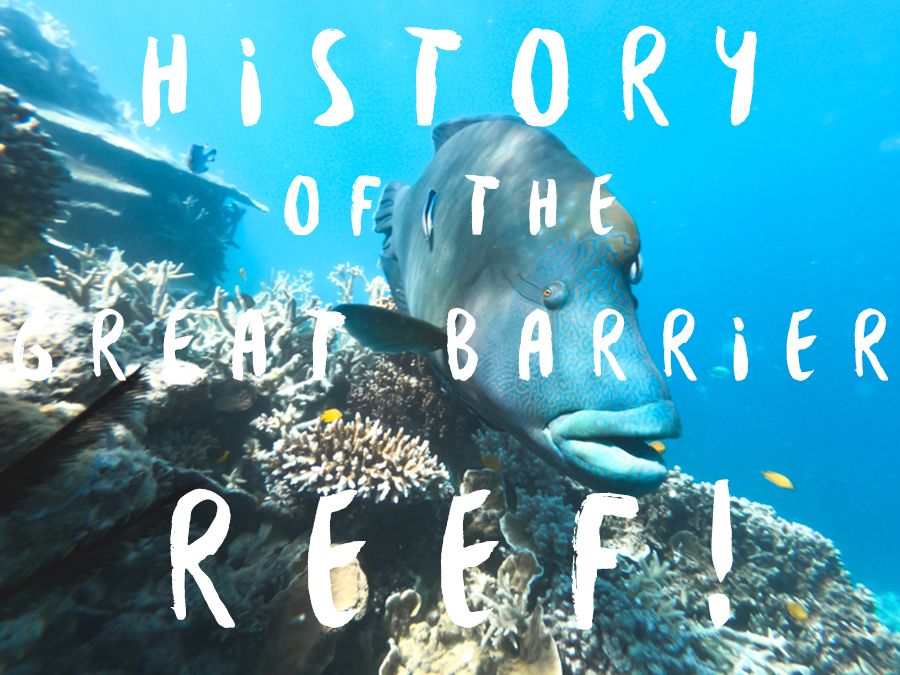
The Reef As We Know It
The Great Barrier Reef is the largest living organism on the planet, stretching over 2,600 kilometres in length and covering 344,400km2 of the ocean. It consists of 2,900 individual reefs, 900 islands and can be seen from space. It is home to 1,625 species of fish, 600 types of coral, 133 types of sharks and rays and 6 species of sea turtles.
The growth and evolution of the reef did not happen overnight. In fact, it is over 20 million years in the making. The reef as we know it today is built on the backs and bones of many millions of years of coral as the ocean levels have changed, islands have formed and land has settled.
The current formation that we know and love is about 6,000 to 8,000 years old and sits on the platform of a much older reef. The formation, location and depth have changed as the continental shelf and sea level have changed and will likely continue to do as sea levels change and the earth's crust shifts. The reef is always growing as it is a living organism and will continue to diversify and evolve as the years pass.
To learn more about how the reef was formed, click here.
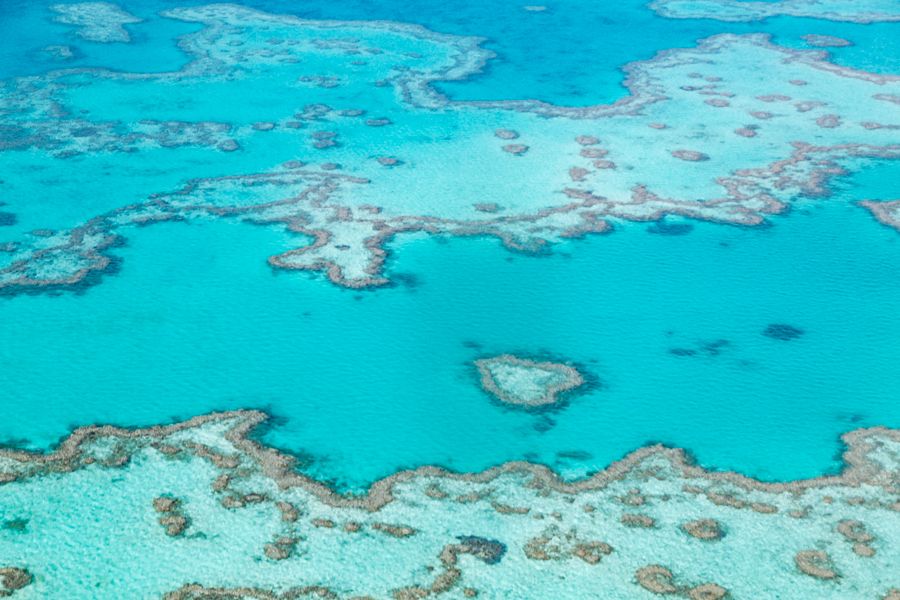
The Ancient Reef
Our current reef began to form after the Last Glacial Maximum, or the peak of the Ice Age when glaciers were covering most of the earth and sea levels were at an all-time low. With sea levels 160 metres lower than they currently are and 20,000 years apart, it is easy to understand why our current reef is so drastically different from where it began.
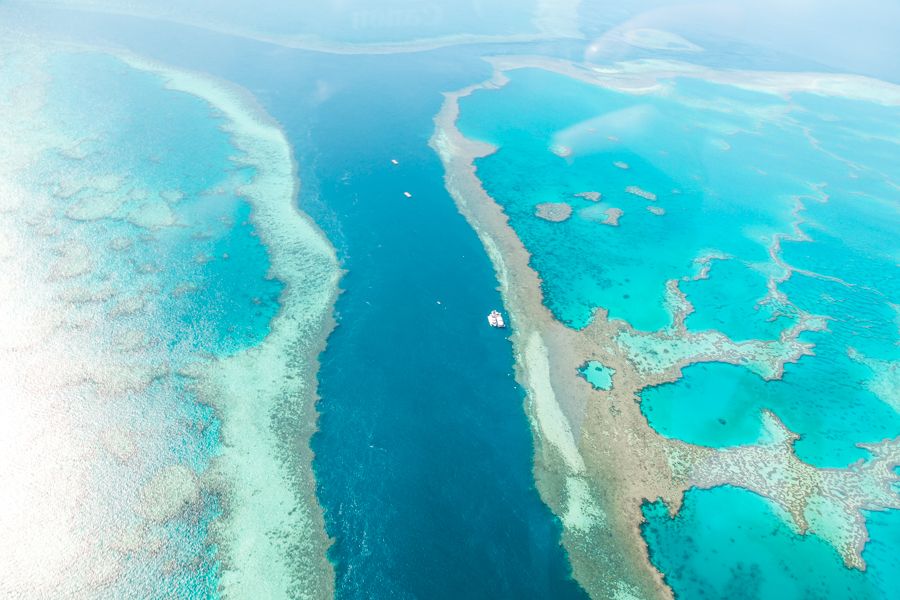
Why The Reef Is So Far From The Coast
Most of the ocean's water was occupied in glaciers all over the world, drastically altering both ocean and landscapes. It was at this time that reefs began to form around islands that were created by a submerged coastal plain, formed by sediments of an eroding mountain range - The Great Dividing Range, Australia's largest. Reefs formed around these islands, but as the sea levels rose and the continental islands were submerged, they left behind coral formations with continued to grow. Those corals, which now sit alone out in the ocean, are what we know as The Great Barrier Reef. The reefs and cays that sit off the shores of Australia are the final evidence of long-submerged mountains and islands on the former coast of Australia.

Different Types of Reefs
The Great Barrier Reef took many thousands of years to form as we know it today. It consists of three different types of reefs, including barrier reefs (reefs running parallel to shore with a lagoon between the shore and reef), fringing reefs (reefs that are close to shore, surrounding islands or hugging the coastline), and atoll reefs (a usually circular reef that surrounds a lagoon). The 2,900 individual reefs make up its entirety, each continuing to grow and evolve with each passing day. To learn more about the different types of reefs, click here.
Tours to the Great Barrier Reef
You can visit both the inner fringing reefs of the Great Barrier Reef Marine Park and the Outer Great Barrier Reef from the Whitsundays on a day or overnight tour!
Ask our expert local staff which tour is right for you, through live chat or call us at +61 7 4914 2425!

